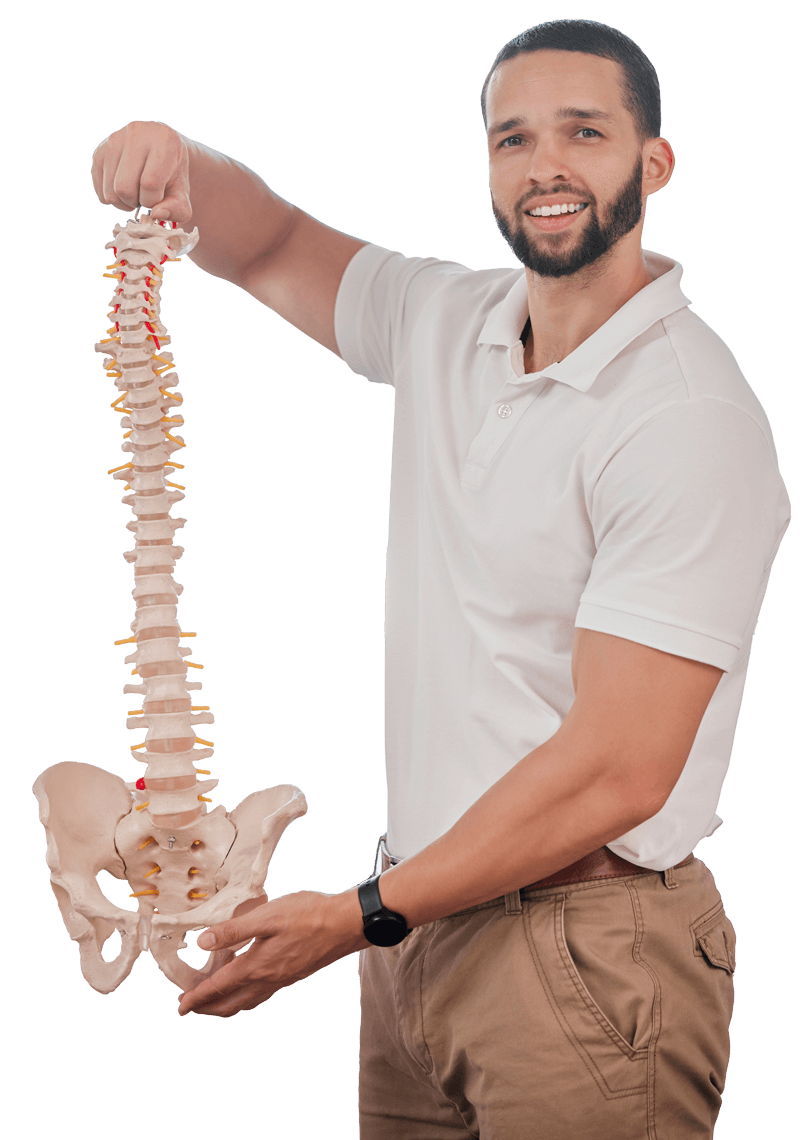[vc_row][vc_column][vc_column_text]Troubled with knee pain after running? Well, you are not alone. From beginners to avid runners, anyone can fall prey to a condition called “Runner’s knee”, which is also known as patellofemoral pain syndrome. Runner’s knee is accountable for almost 57 percent of all knee problems in Canadian runners.
What Is A Runner’s Knee?
Runner’s knee is a term used for any condition that results in pain around your kneecap. As you may have guessed by now, running is the most common cause of this condition. However, any condition that frequently stresses your knee joint, such as skiing, jumping, walking, or biking, can end in the runner’s knee.
Runner’s knee is commonly observed in women as compared to men, especially those in their 50’s. Being obese or overweight also increases the risk of this condition.
What Happens in This Condition?
A group of muscles exerts forces on your kneecap to facilitate its movement. Imbalance in these forces may generate excessive pressure on the kneecap, which may cause dislocation of the thigh bone. All these results in dysfunction and pain associated with runner’s knee.
A dull, aching pain behind or around the kneecap is a common symptom of the runner’s knee. The pain is commonly felt while walking, squatting, kneeling, sitting for long, or standing up.
The pain is caused by irritation of the lining of the knee or surrounding soft tissues. Straining of tendons or wear and tear of the cartilage may also contribute to the pain associated with the runner’s knee. Some of the causes include trauma to the kneecap, arthritis, flat feet, tight or weak thigh muscles, and dislocation of the kneecap.
Here is What You Can Do
The first step to follow is RICE:
- Rest: Avoid movements that trigger the pain, such as bending, standing or sitting for long, and squatting.
- Ice: Apply icepack for 20 – 30 minutes, twice or thrice in a day, until the pain is relieved.
- Compression: Wrap the kneecap with sleeve or elastic bandage to prevent swelling. Be cautious not to wrap it too tight.
- Elevation: Elevate your leg over a pillow or other leg while sitting or lying.
Over-the-counter nonsteroidal anti-inflammatory medications (NSAIDs), such as ibuprofen, aspirin, or naproxen, can come handy if the pain is severe.
Of note, for recurring pain, it is recommended to consult a doctor. A physiotherapist will be able to help you with physical knee pain therapy and exercises to improve the knee’s strength. You may also be recommended knee brace or shoe inserts, also known as orthotics.
Find out places that provide knee braces in Ottawa.
Your doctor will design a treatment plan to resolve the cause, which in most cases can be achieved without surgery. However, surgery may be required if your kneecap is dislocated or the cartilage is damaged.
Discover knee pain clinics in Ottawa.[/vc_column_text][/vc_column][/vc_row]


